Description
HISTORY OF THE GER S69
As train weights continued to increase in the early 1900s, the GER felt the need for a more powerful express passenger locomotive than the Claud Hamilton 4-4-0s. Because of continuing restrictions on maximum axle-loading on parts of the main lines the existing 4-4-0 design could not be enlarged, so a ten-wheeled layout was required. A 4-6-0 was the logical choice, as a 4-4-2 ‘Atlantic’ would have insufficient adhesive weight. In addition, most of the turntables were of small diameter, restricting the overall length. The resulting locomotive design was therefore very much an exercise in ‘fitting a quart in a pint pot’: a compromise, but nevertheless a great success. Indeed, these locomotives –the S69 Class – have been acclaimed as the finest inside-cylinder 4-6-0s produced in Europe. The boiler barrel was only a little longer than that of the ‘Clauds’, but the firebox was of generous proportions. To keep the overall length down the front of the firebox was actually over the middle coupled axle, and the driving wheels had to be reduced to 6-ft. 6-ins. in diameter, as against the usual seven feet. For the same reasons, the existing tender design could not be made any larger, for it was already as long, high and wide as possible, yet needed to hold more water. The only solution was to reduce the coal capacity from five to four tons to make room for 3700 gallons of water, and fortunately this did not pose problems on the relatively short runs on the GER main line. Externally, these tenders were identical to the 3450/3500 gallon type used on the other large locomotives. The cylinders were provided with piston valves for the first time on a GER locomotive, and they were of large size, contributing to the free running of the locomotive. The S69s were also superheated from the outset, with the Schmidtt pattern, but the Robinson type was later used, and became standard for the class. Although produced under the direction of Stephen Holden, the design was mainly due to E.S. Tiddeman, the head of the Locomotive Drawing Office. Apparently, the only contribution that S.D. Holden made was not until the prototype, No. 1500, was wheeled out for inspection: He said that he wanted curved brass beading on the cab sides, similar to that of the ‘Clauds’. He was told that because of the smaller driving wheel diameter, the corresponding beading would not allow enough room for the numberplate. Holden was however adamant, with the result that the remainder of the class from No. 1505 onwards had the cab side beading, and specially-designed numberplates that were shallower in depth.
During the First World War, the new Engine Repairing Shop at Stratford Works which was then under construction, was turned over to munitions production. When peace returned, it was some time before the new shop was commissioned, whilst at the same time the Works were trying to deal with the arrears of maintenance to the locomotive stock. When twenty new S69 4-6-0s were required the GER had no choice but to go to an outside contractor, the first time this had been necessary since 1884. Beardmore & Co. in Glasgow got the contract, and engines – numbered 1541-1560 – were delivered in 1920-21.
Under the LNER the S69 4-6-0s became class B-12. After the Grouping the Chief Mechanical Engineer of the LNER – Nigel Gresley – set about producing a standard 3-cylinder 4-6-0 for general use. However, there was considerable difficulty in preparing a design that would also be suitable for use on the ex-GER lines, with its continuing restrictions on maximum axle-loading. The new engines finally appeared as the B-17 class, but in the meantime, Gresley had no alternative but to order another ten B-12s from Beyer, Peacock & Co. These engines were known as class B-12/2 but, curiously, the original engines were then known as class ‘B-12/GE’. The B-12/2s were numbered 8571-80 and delivered in 1928. They differed principally from the GE engines in that they had Lentz oscillating cam valves, following earlier experiments with No. 8516. They also featured extended smokeboxes, and a modified boiler with ‘pop’ safety valves from the outset. Initially successful in operation, the Lentz valves proved to be expensive to maintain, and all ten engines were fitted with conventional piston valve cylinders in 1931-2.
From 1931 a large number of B-12s were fitted with ACFI feed water heaters. There was some variation in the details of the equipment, but it featured large heat-exchanging drums on top of the boiler, as seen here demonstrated by No. 8538. This led to them being known as ‘hikers’, due to the resemblance to a hiker with a back-pack. Again, as with the Lentz valves of the B‑12/2s, the maintenance costs of the ACFI gear eventually out-weighed the fuel savings, and it was removed from 1937 onwards.
Further development of the B-12s was due to Edward Thompson, eventually to become Gresley’s successor, when he was still District Mechanical Engineer at Stratford. In 1931 he had No. 8559 simply altered to long valve travel, with great success. This prompted a more extensive rebuilding, beginning with No. 8579 in 1932. Apart from the long-travel valves, new LNER-pattern round-topped boilers were fitted, being larger in diameter with an even-longer firebox. A slightly shorter LNER design cab was fitted, and the decorative valancing over the coupled wheels was removed. The rebuild gave a 20% saving in fuel, and most of the class were similarly rebuilt over the years that followed. The rebuilds were known as class B-12/3, and No. 8578 – rebuilt in October 1932 is illustrated. During the Second World War a number of these B-12/3 rebuilds were operated under the direction of the US Army for hauling their ambulance trains. They were ideally suited to this task, being powerful enough to haul the heavy trains, whilst being light enough and of a small enough loading gauge to travel over most of the British railway network. In addition, the US ambulance trains were Westinghouse braked, for it was intended to ship them to the continent if required although, in the event, the necessity never arose. The only modification needed to the engines was to reduce the width of the footsteps and to cut toe-holes in the backing plates to suit the Southern Railway loading gauge, for the ambulance trains were stationed all over the south and south-west of England.
From the late 1920s the new LNER class B-17 4-6-0s began to replace some of the B-12s on express passenger work, and between 1931 and 1942 a total of 25 unrebuilt engines were transferred to Scotland for use on the former Great North of Scotland lines, which had similar weight restrictions to the GE section. Once the engine crews had got used to them they were as well-liked as they were in East Anglia. These B-12s became the responsibility of Inverurie Works, which – far from Doncaster – tended to go its own way in several matters. Thus, the Scottish B-12s were generally painted black, but with non-standard red lining on the cab sides. Following the Second World War the pendulum swung the other way, and they decided to paint as many engines as possible in LNER green (Stratford Works only managed one such repaint in this period!).
Initially, the rebuilding of the GE section B-12s to B-12/3s released a number of serviceable Belpaire boilers that were shipped north for use on the Scottish exiles. Others were used on the GE class D81 0-6-0s (q.v.) that became LNER class J-20, and which were the goods engine equivalent of the B-12s, having the same boiler and cylinders. There was nothing to be gained in fitting the B-12/3 boiler to the J-20s, for they were already Britain’s most powerful 0-6-0, and would remain so until eclipsed by Bullied’s well-known Q1 class on the Southern Railway of 1942. However, by 1941 new boilers were required for the Scottish B-12s and the J-20s, and so a new round-topped version of the original boiler design was produced. Nine of the Scottish B-12s were fitted with it from this time, and re-classified as B-12/4, and No. 1526 is shown as rebuilt, again in LNER green. At the same time, the J-20s were fitted with the same boiler. The B-12/4s did not last long after nationalisation, the last being withdrawn in 1953, a year before the original Belpaire engines became extinct. However, the B-12/4 boilers were shipped off south to Stratford, where they were used to complete the rebuilding of the J-20s.
By co-incidence, under the LNER’s 1946 renumbering scheme the B-12s reverted to their original numbers from 1500 onwards. A nice touch was that the number 1506 again remained blank. The last un-rebuilt B-12 on the GE section was 1534, which had been the first engine to be withdrawn, in 1945, so this number was also blank. The last B12/1 was withdrawn by 1954, with the B12/3 lasting until 1961 with one lasting into preservation.

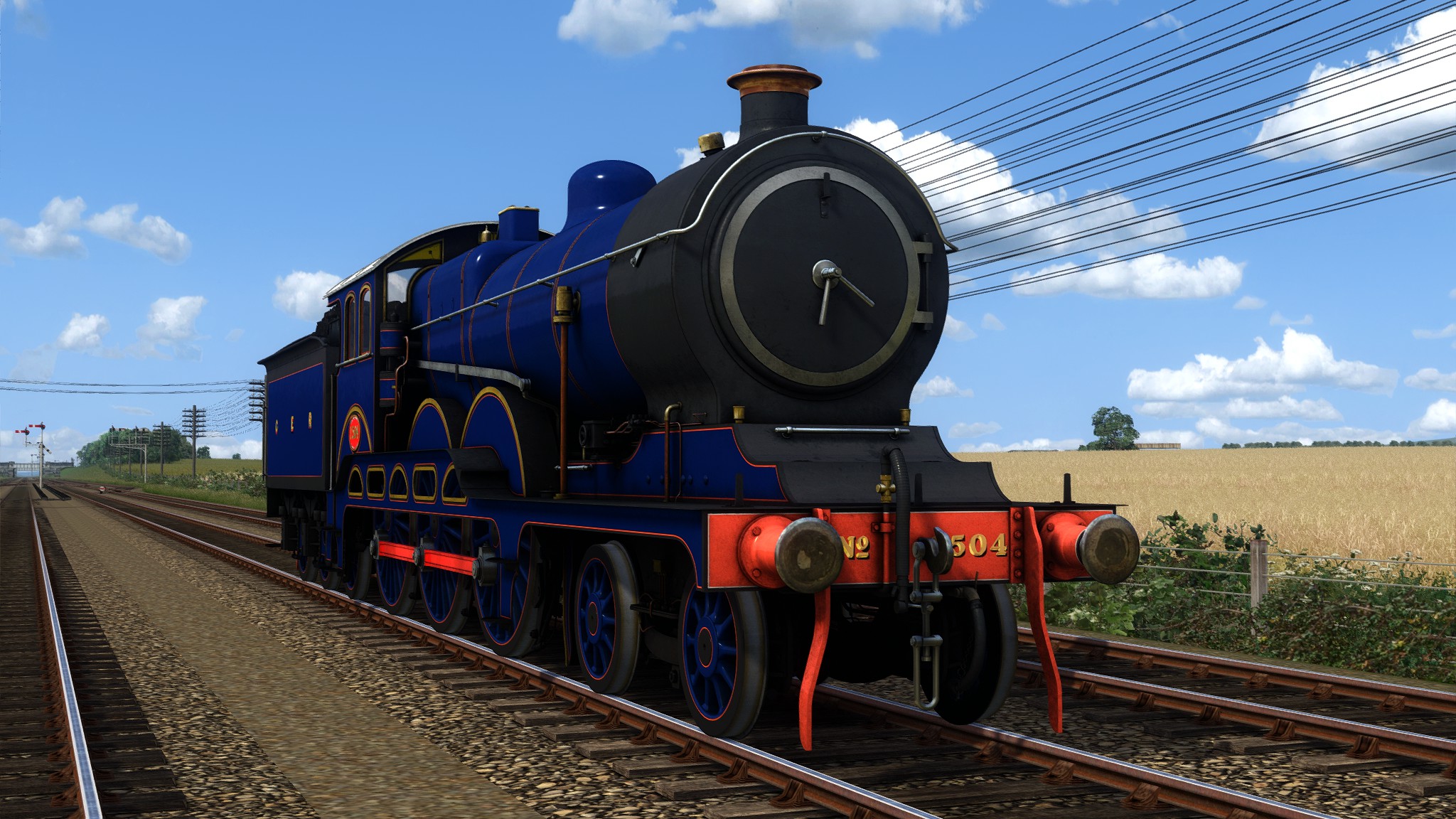
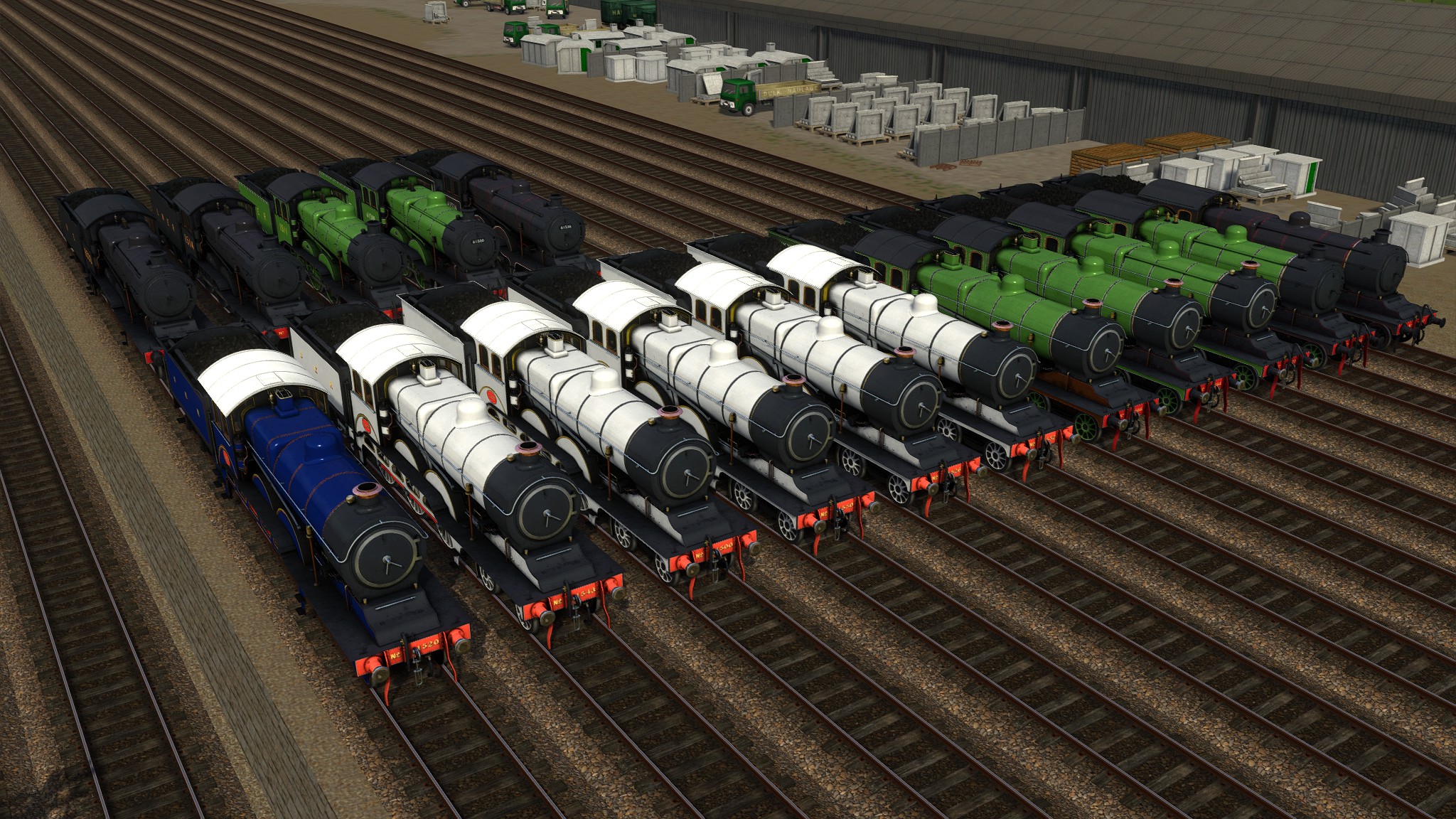
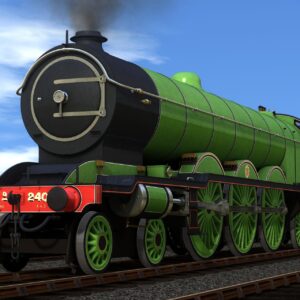
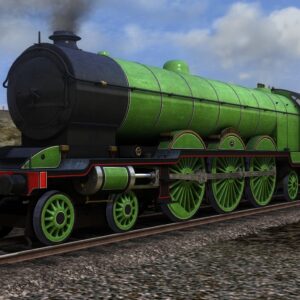
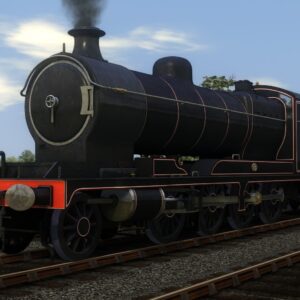
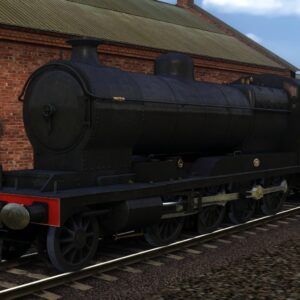
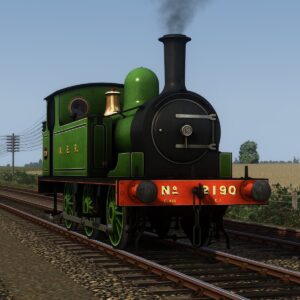
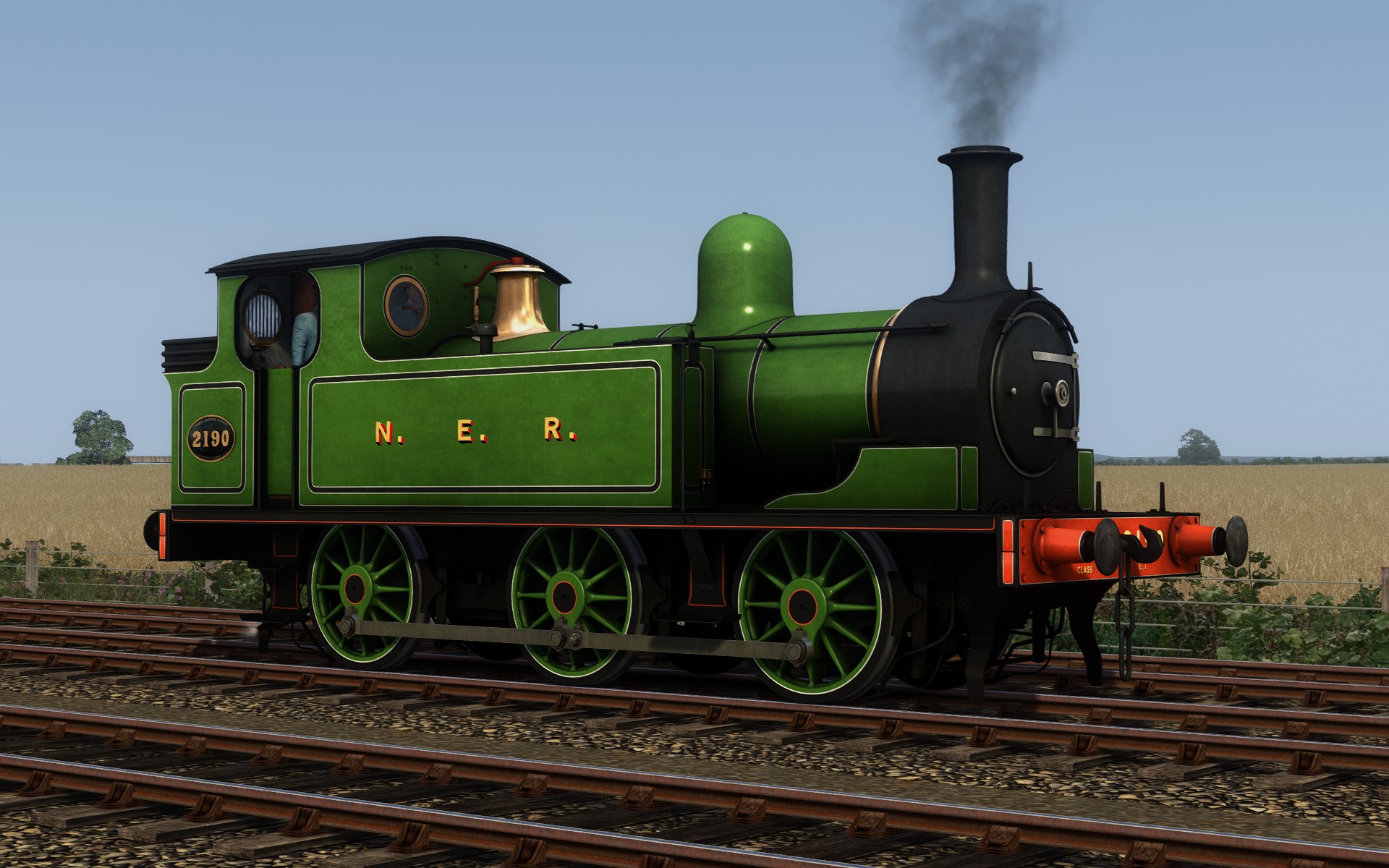
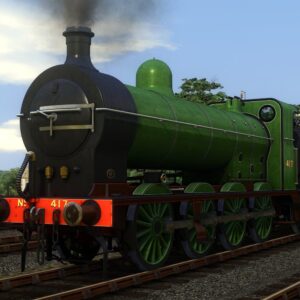
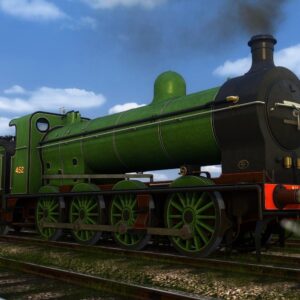
Reviews
There are no reviews yet.